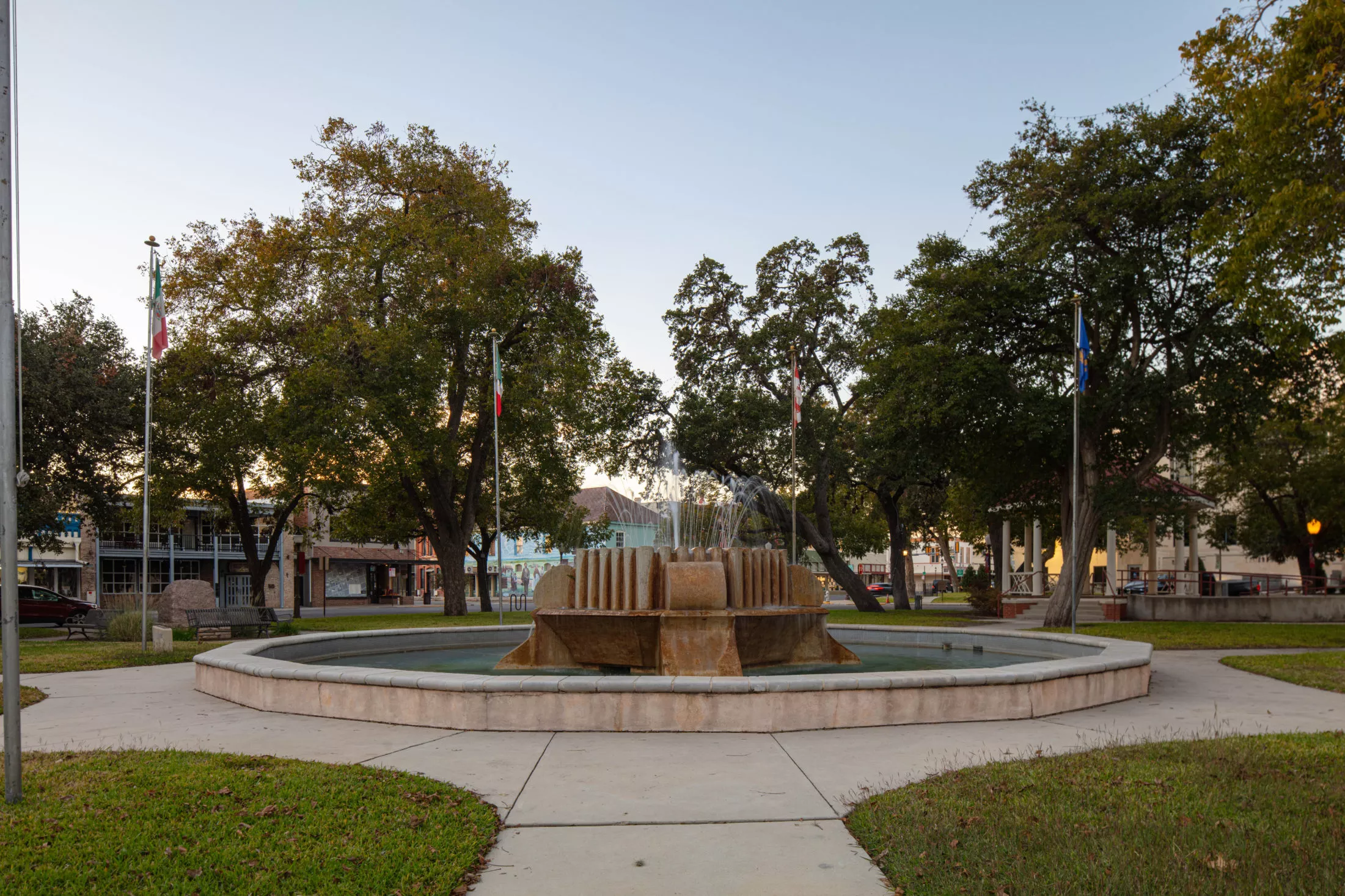How Seguin, TX, Used Zencity to Make a Difficult Decision About Stormwater Infrastructure and Obtain City Council Approval
.png)
Zencity
The Platform for Community Trust
Introduction: When a Rapid Surge of Growth Affects Infrastructure
Seguin, Texas, with a population of about 30,000 people, is experiencing a rapid surge of residential, commercial, and industrial growth. For city leadership, that means having to make decisions to accommodate that growth and its impact.
Perhaps one of the City’s most pressing needs is improving its water drainage infrastructure. In addition to localized flooding and standing water when it rains, drainage issues in the city have caused major problems for drivers in Seguin. Flooding leads to potholes—the number one cause of resident complaints—and improper drainage can reduce the lifetime of roads from 25 years to 8-10 years. The City must find a way to improve drainage and protect the integrity of local roadways. However, the existing city budget does not have the capability to address these drainage shortfalls.
The Challenge: Understanding Resident Priorities Around a New Utility Fee
To alleviate the problem, the City recommended establishing a stormwater drainage utility. The City initially proposed a $5 monthly stormwater utility fee which could be used to create a sustainable funding source to fix drainage issues across the City, as well as fix street maintenance issues related to potholes.
Creating a new fee is never something that’s popular, but is the best way for the City to begin addressing its drainage problems. Yet the City wanted to ensure that its own priorities matched those of its residents, and that it was communicating its decisions with full transparency. Additionally, without this information it would be difficult to get Council’s approval of the fee. Therefore, before introducing the fee, the City had to overcome three challenges:
- Understand resident priorities in general, and sentiment toward the proposed fee
- Determine whether a $5 fee was acceptable to residents who may have more pressing financial obligations
- Gain council approval for any recommendations made
The Zencity Solution: A Two-Pronged Community Engagement Approach
In addition to multiple discussions at City Council meetings, and several opportunities for the public to weigh-in, the City decided to use Zencity to gauge resident sentiment around the issue of water drainage infrastructure and a stormwater utility fee. Using a two-pronged community engagement approach, the City conducted a community survey and also looked at resident sentiment analysis across social media as well as official City communication channels.
The survey responses provided invaluable insight for the City: it was able to learn that on one hand residents felt stormwater drainage should be prioritized, but on the other hand, they were overwhelmingly opposed to the $5 fee.
The organic resident sentiment analysis conducted by Zencity showed similar results. Residents were opposed to the fee, with several noting that the City had more pressing needs—namely, fixing its roads.
The Impact: A Change of Direction Aligned with Resident Needs
Armed with the data, the City had a difficult decision to make. Stormwater infrastructure was badly needed, but residents opposed the $5 monthly fee. Furthermore, it was clear that residents weren’t making the connection between the flooding that occurred and the problems it led to on city roads.
With resident needs as its top priority and based on feedback received using Zencity’s community survey platform, the City decided to recommend a $3 fee instead of the $5 fee to City Council. Additionally, the City realized it needed to increase its public education around the necessity for stormwater drainage, better explaining to residents why this infrastructure would help preserve the City’s roads.
In a vote during the first week of January 2022, City Council approved the final reading of an ordinance that establishes the $3 monthly residential stormwater drainage fee, while industrial customers will be assessed a fee based on the amount of impervious cover they have on their property. The fee will not be billed to residents until 2023, which gives the City plenty of time to educate the public about its plans, while providing residents ample time to prepare and budget.
%20copy-1.png?width=544&height=120&name=Logo_black%20(1)%20copy-1.png)




.png?width=6912&height=3456&name=Hubspot%20banner%20(1).png)
